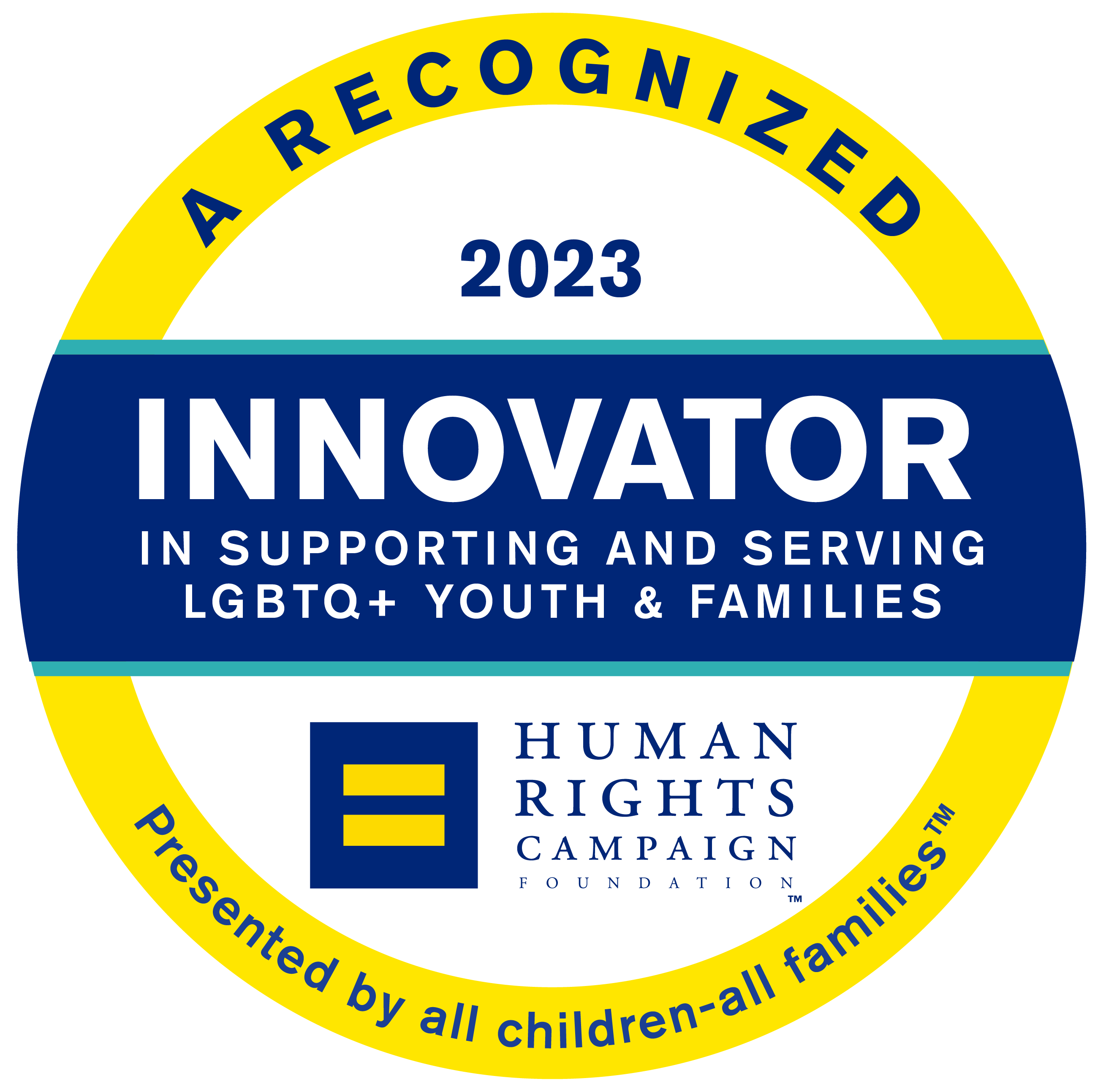What is DEI?
— BRAVE CONVERSATIONS SERIES —
A Deliberate Approach to Diversity, Equity, and Inclusion
Lawrence Hall’s DEI Committee strives to ensure Lawrence Hall is a diverse, equitable environment of belonging and inclusivity. Having “brave conversations” about diversity, equity, and inclusion (DEI) in the workplace is a necessity for healthy company culture and requires honesty, compassion, and self-reflection of all involved. Our Brave Conversations Series highlights topics not normally discussed but that have deep, personal impacts on our staff, youth, families, and communities.
April is Arab American Heritage Month, so this month’s Brave Conversations will attempt to utilize issues facing Arab Americans to shape understanding of the need for DEI initiatives. We would like to start with learning, “What is DEI?”
What is diversity, equity, and inclusion (DEI)?
DEI stands for diversity, equity and inclusion.
Diversity is the presence of differences within a given setting.
Equity is the process of ensuring that processes and programs are impartial, fair and provide equal possible outcomes for every individual.
Inclusion is the practice of ensuring that people feel a sense of belonging in the workplace.
In the aftermath of recent social justice movements, it may seem like DEI practices are a new thing. Movements like #MeToo, #BlackLivesMatter, #StopAAPIHate, have shined a light on the social injustices that exist in our country today. It has sparked more open discussions about discriminative experiences in the workplace, such hiring practices and company culture. This has led to the rapid expansion of DEI programs in workplaces. The number of DEI-related job postings increased by 123% between May and September of 2020.
The DEI profession has been around for much longer. Workplace diversity training first emerged in the mid-1960s following the introduction of equal employment laws and affirmative action. Prior to this, many companies had known histories of racial discrimination. These laws prompted companies to start diversity training programs that would help employees adjust to working in more integrated offices, but these past DEI efforts failed to yield improvement.
The most popular approach adopted by executives was outlining a list of workplace do’s and don’ts. Employees underwent mandatory training days where they sat through long workshops and filled out various personality and bias questionnaires. While employees could digest the information and rules presented to them, the positive effects of diversity training rarely lasted longer than a couple days. Reinforcing this conclusion, a 2019 Harvard Business Review experimental study found that bias-focused training particularly had little effect on the behavior of male or white employees, who typically hold position of power within an organization. Specifically, these mandatory training programs were sometimes poorly perceived by employees to be overly controlling. This compelled some employees to rebel and skirt around training rules, thereby making the DEI training counterproductive. Traditional diversity training methods have been ineffective at best. Change is long overdue.
Outside of societal expectations, many incentives exist to invest in improving diversity. A 2015 article by McKinsey & Company found that businesses who rank in the top quartile for racial and ethnic diversity are more likely to have financial returns above industry medians. It appears that investing in DEI programs come with huge payoff. Strong DEI practices have a positive impact on the following 4 aspects of organizational performance:
- Advantage in talent acquisition: A focus on racial, gender, and ethnic diversity significantly enlarges the sourcing talent pool. This mitigates the financial costs of talent shortages faced.
- Increased employee satisfaction: Research data has found that workplace diversity boosts career and personal satisfaction for women and members of minority groups. On the other end, employee satisfaction is unchanged where DEI programs are a superficial “token” effort.
- Better alignment with the population served: An emphasis on diversity allows agencies to better align themselves with the largely diverse population that receives its services. Improving client relationships and strengthening the agency reputation in the community.
- Improved decision making and corporate innovation: More workplace diversity equals more diverse solutions, ideas, and opinions.
DEI helps prevent discrimination
Research suggests that a lack of diversity and inclusion in the workplace can promote discriminatory behavior. The Equal Employment Opportunity Commission (EEOC) concluded that harassment, which is a form of discrimination, is more likely to happen in the workplace with a lack of diversity. Workers with different demographic backgrounds than the majority of the workforce or members of the workforce in positions of power can feel isolated and may be, or at least appear to be, vulnerable to pressure from others. They may speak a different language, observe different customs, or simply interact in ways different from the majority. Conversely, workers in the majority might feel threatened by those they perceive as “different” or “other.” They might be concerned that their jobs are at risk or that the culture of the workplace might change, or they may simply be uncomfortable around others who are not like them.
Last week’s Brave Conversation touched on the highly-publicized Abercrombie & Fitch case where the company was held liable for religious discrimination after firing a Muslim employee for wearing her hijab. In a separate case, a Muslim job applicant who refused to shake the hand of a male boss won a discrimination case in Sweden; the job applicant won on religious grounds and a court ordered the company to compensate her. In the EEOC versus AutoZone, Inc. case, a Sikh employee was denied a religious accommodation and was harassed by coworkers, who often referred to him as “Bin Laden,” and made other inflammatory and terrorist jokes about him. The case was settled for $75,000, AutoZone had to adopt a new policy that specifically addresses religious discrimination and human resource employees and managers had to be retrained. All examples of how a workplace lacking diversity can lead to dire consequences.
True and honest DEI practices help fight discrimination by valuing the employee voice within the organization according to Hemant Kakkar, assistant professor of management at Duke University’s Fuqua School of Business. Research has shown the value employee voice brings to collaboration, innovation and belonging.
Employee Resources Groups’ role DEI journey
Employee resource groups (ERGs) are powerful resources for facilitating discussions and providing networks for professionals based on shared identities, experiences and allyship. ERGs, originally called workplace affinity groups, began in the 1960s in response to racial tensions in the United States. In 1964 along with the company’s Black employees, Joseph Wilson, the former CEO of Xerox came up with the idea in response to the race riots that occurred in Rochester, New York where Xerox was headquartered. At the time, Xerox had a progressive hiring program, but once hired, Black employees still faced discrimination. In 1970, Wilson and Xerox’s Black employees launched the National Black Employees Caucus to create a space for Black employees to discuss their experiences and advocate for change within their company. This was the country’s first official ERG.
In the ’70s and ’80s, ERGs focused on LGBTQ+ employees and their allies began. ERGs are a huge part of these DEI efforts. They provide an opportunity to direct influence on agency culture. ERGs continue grow including not only cultural and other identity groups, but also groups based on experiences or interests, such as parenting, volunteerism, wellness, environmental activism, etc.
According to research for the Academy of Management Annual Meeting Proceedings, many companies’ ERGs have evolved to include an emphasis on community volunteer work, and some companies have created entire employee volunteer networks. The term Business Resource Groups (BRGs) is gaining popularity as corporate responsibility and business goals increasingly intersect, ERGs are becoming more tied to achieving business goals.
Lawrence Hall’s current DEI efforts
Establishment of DEI Committee
Lawrence Hall’s Diversity Equity Inclusion Committee was formed in 2021 following an assessment completed by national consulting firm Morten Group. It was an assessment of knowledge, experiences and opinions related to diversity, equity, and inclusion strategies, and policies. The DEI committee consists of four smaller sub-committees focused on issues identified in the assessment:
- Increasing Board Diversity
- Building a Culture of Respect
- Retention and Recruitment
- Communication
With intentional focus on these four areas, the committee is dedicated to breaking barriers and obstacles that keep Lawrence Hall from being a diverse, equitable, and inclusive environment.
Establishment of the Brave Conversations Series
One of the first steps in any DEI effort is an open dialogue and building language around DEI concerns. LH’s DEI committee established its Brave Conversations Series for this very reason. The goal is that by talking to our colleagues about their experiences and challenges, we’ll end up with policies and designs that are thoughtful and intentional about DEI. This tool, we hope, will help us fight our biases and blind spots and to learn history, share experiences, and develop pathways of understanding to support DEI.
Starting of Employee/Inclusive Resource Groups
Earlier we talked about the importance of ERGs in the DEI journey. The DEI committee has begun the process having such groups at Lawrence Hall. The BUILDING A CULTURE OF RESPECT sub-committee developed and administered a survey that, amongst other things, is being utilized to help direct the implementation of resource groups at Lawrence Hall.
Policy Review, Updating, Implementing
The DEI committee is also committed to reviewing, analyzing, and updating current policies to assure that the agency is as inclusive as possible. This includes developing, designing, and practicing new policy to guarantee a more DEI-driven environment.
What a DEI initiative IS NOT:
- A one-and-done solution
- Silver bullet
- A checkbox
- Token initiative
- One team’s responsibility
What a DEI initiative IS:
- Ongoing, cross-functional work
- Never finished
- Inclusive
- Accountable
MOVIES
Slingshot Hip Hop (2008) — directed by Jackie Reem Salloum
Speed Sisters (2015) — directed by Amber Fares
The Feeling of Being Watched (2018) — directed by Alex Bushe
The Invisible War (2012) — directed by Kirby Dick
TV SERIES
Superstore (NBC)
Pose (FX/Hulu)
On My Block (Netflix)
BOOKS
The Art of Gathering: How We Meet and Why It Matters
Priya Parker
Gender: Your Guide
Lee Airton
How to Be an Antiracist
Ibram X. Kendi
MUSIC
Born This Way — Lady Gaga
Healing Our Culture — Yabu Band
Beautiful — Christina Aguilera
PODCASTS
Still Processing — The New York Times
Code Switch — NPR
Hear to Slay — The Roxane Gay Agenda
The Diversity Gap — The Diversity Gap
Latinos Who Lunch — Latinos Who Lunch
Making Gay History — LGBTQ Oral Histories from the Archive
Race at Work — Diversity Explained/Porter Braswell
If You Only Knew…with Dr. Debby Stroman — The Diversity Movement
Disability Matters — Joyce Bender
Diversity: Beyond the Checkbox — The Diversity Movement
The Arab American Experience — SMG Sound Network
From Cairo to Brooklyn: The Arab American Experience — Noran Morsi
Search
Categories
- Blog (15)
- Grants and Awards (4)
- News (72)
Lawrence Hall is a 501(c)(3) organization. Gifts are deductible to the full extent allowable under IRS regulations.
©2024 Lawrence Hall All rights reserved. Site Construction by WorkSite










